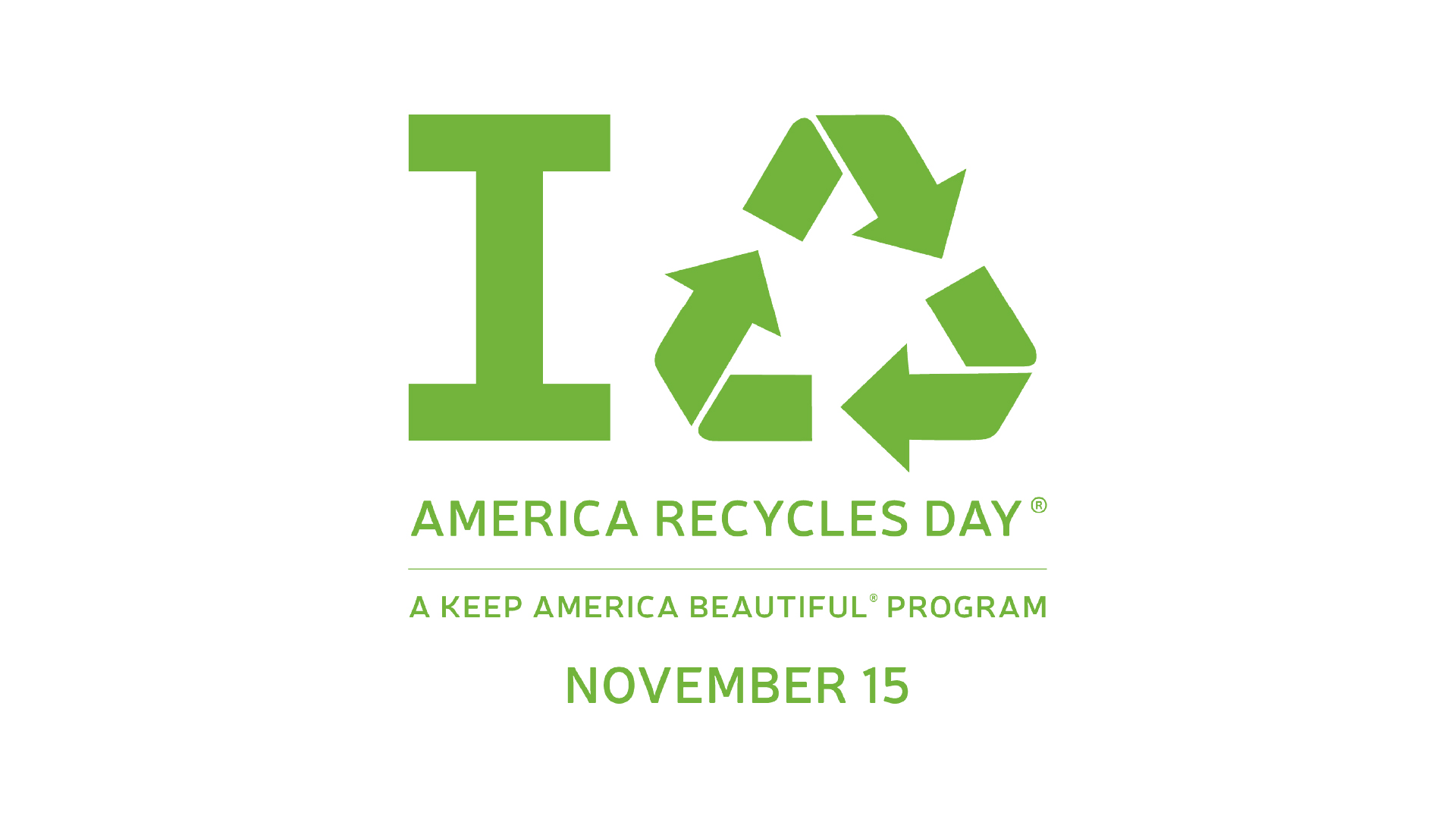This website uses cookies so that we can provide you with the best user experience possible. Cookie information is stored in your browser and performs functions such as recognising you when you return to our website and helping our team to understand which sections of the website you find most interesting and useful.
News
The Three Ways the EPA Hopes to Improve U.S. Recycling
The United States has a recycling problem. For one thing, the recycling infrastructure is outdated. But besides that, the recycling system is confusing, and varies among regions, states, and even towns—it’s hard to know what is recyclable and how to recycle it.
Last year, the Vinyl Institute signed the America Recycles Pledge to further our industry’s commitment that the vinyl industry will continue to increase our recycling efforts and reduce plastic waste on our planet. This Pledge is specifically targeted towards U.S.-based organizations who pledge to work toward a more resilient materials economy, and recycling and resource efficiency are one of three key priority areas that make up the vinyl industry’s sustainability strategy.
As we approach America Recycles Day in November, the U.S. Environmental Protection Agency (EPA) is preparing to make a big announcement – the national recycling strategy and national recycling goals, and along with it the three key objectives they think are crucial in creating lasting change: reducing contamination, increasing processing efficiency, and improving markets.
Objective 1: Reduce contamination
Reducing contamination will require increased outreach to educate consumers not only on the value of recycling but how to do it properly.
“We know most people want to recycle, but we also know they get confused about what can go in the bin,” said Meghan Radtke, EPA Environmental Protection Specialist. “And it’s not consistent. And many people also don’t understand the repercussions of putting the wrong thing in the bin, and it can result in nothing being recycled.”
By focusing on common messaging campaigns and exploring how to make more consistent recycling labels, the EPA is hopeful this could help to prevent contamination of waste and recyclable materials and ensure that less ends up in the landfill.
Objective 2: Increase processing efficiency
Recycling infrastructure in the U.S. is old and it hasn’t kept up with all the new materials that have been introduced. The EPA wants companies to consider recycling as they are designing products, instead of considering how to recycle them as an afterthought. By encouraging collaboration between materials recovery facilities (MRFs), product designers and manufacturers, we can think about recycling up front during product design and increase recycling overall when companies and consumers know that a product can and should be recycled from the beginning.
Objective 3: Improve markets
Finally, the EPA hopes to focus on strengthening domestic market and improving quality and diversity of materials that we have available.
Currently, manufacturers might not realize that a certain feedstock is available or that what is available could be useful to them. By ensuring manufacturers know what’s out there and how it could be of use to them, then they will be better able to take advantage of it.
While the national recycling strategy and the goals are still in development, we are looking forward to seeing the final version in November. This year’s schedule of events includes an innovation fair on Nov. 16 and the America Recycles Summit on Nov. 17. Both events will have virtual and smaller in-person components.


